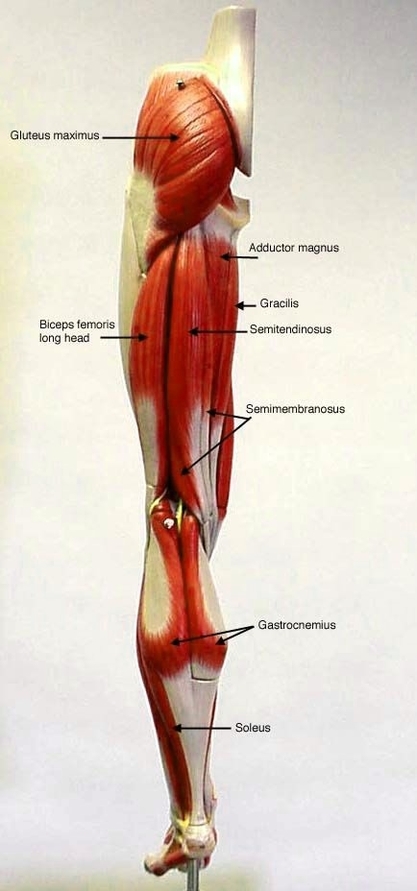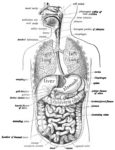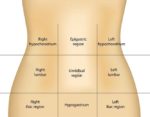Leg Muscles Anatomy Study
The leg muscles, anatomically defined as the region of the lower limb below the knee, are organized into three compartments: anterior, posterior, and lateral.
Anterior (Dorsiflexor) Group
This group contains the tibialis anterior, extensor digitorum longus, fibularis tertius, and extensor hallucis longus. These muscles primarily produce dorsiflexion of the foot at the ankle joint, an action particularly important for the swing phase of the gait cycle in which the leg is lifted off from the ground.
Posterior (Plantar Flexor) Group
The posterior group consists of a superficial layer comprised of the gastrocnemius, plantaris, and soleus, and a deep layer comprised of tibialis posterior, flexor hallucis longus, popliteus, and flexor digitorum longus muscles. These muscles primarily produce plantar flexion of the foot at the ankle joint, an action important for the toe-off phase of the gait cycle, in which the foot prepares to leave the ground.
Lateral (Fibular) Group
The lateral group consists of fibularis longus and fibularis brevis. These muscles mainly produce an eversion of the foot at the subtalar joint, an action that plays an important role in maintaining balance while standing on one leg or walking on rough surfaces.
Innervation and Blood Supply
The anterior compartment is innervated by the deep fibular nerve, the posterior compartment by the tibial nerve, and the lateral compartment by the superficial fibular nerve. The anterior compartment is supplied by the anterior tibial artery, and the posterior compartment by the posterior tibial artery.
Function
The muscles of the leg produce different movements in the ankle and foot that are important for many activities such as walking, running, and dancing. They work with your bones, tendons, and ligaments to stabilize your body, support your weight, and help you move.
Care
To keep your leg muscles strong, you should warm up before physical activity. By maintaining a healthy weight and focusing on staying healthy overall, you can keep your leg muscles working properly.
Conclusion
Understanding the anatomy and function of your legs will unlock your muscle and strength-building potential. The leg muscles are complex and diverse, each serving a unique function that



